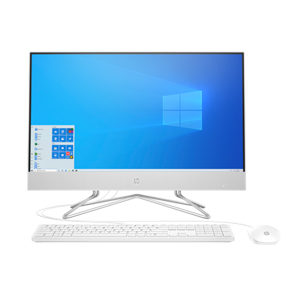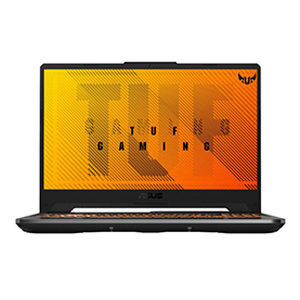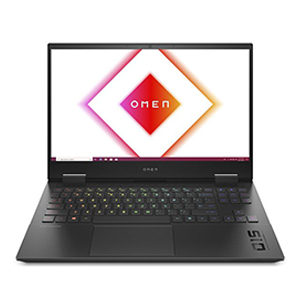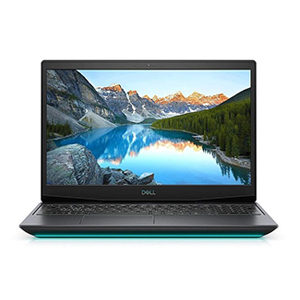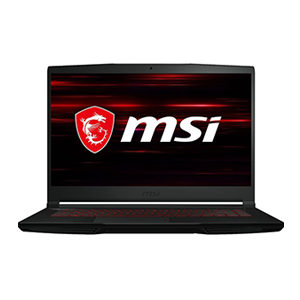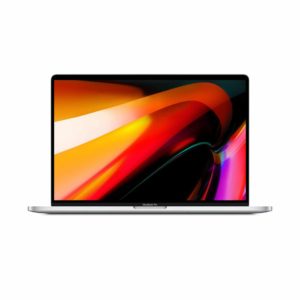Custom Rendering PC Workstation
✓ Competitive Pricing
✓ Worldwide express shipping
✓ Unmatched customer support

Custom Rendering PC Workstation
Choosing PC Hardware
CPU
Once upon a time, this would have been the most important part of a rendering PC—so much so that I would have recommended putting all possible resources toward obtaining and supporting the most powerful CPU that your budget would allow.
But CPU rendering is no longer the only game in town, and the focus can be shifted somewhat in favor of the graphics card. That said, the CPU is still vitally important. The CPU is used for everything you do on a computer, so a faster CPU will always be at least a little bit better.
CPU rendering can take advantage of many CPU cores. Intel CPUs typically offer the best single-threaded performance, while AMD CPUs typically offer the best multi-threaded performance. Both companies currently have some great chip options for rendering builds.
If you use a different CPU than we recommend in our builds, make sure you get a compatible motherboard, RAM, and CPU cooler.
Custom Rendering PC Workstation Graphics Card
For rendering, unlike most other graphic design work, the strength of your graphics card is important for the speed at which you are able to complete your work. GPU rendering (when available) is much faster—in some cases, over ten times as fast.
You’re likely to want an NVIDIA graphics card. Here’s why:
Between the two most developed kinds of GPU rendering available now (AMD-backed OpenCL and NVIDIA’s proprietary CUDA), CUDA currently provides better performance. And while OpenCL is compatible with any graphics card (at least to some extent), CUDA is only available with NVIDIA cards.
To quote GPU Rendering Magazine’s article on OpenCL and CUDA: “As an easy rule of thumb, if your app supports CUDA, grab an NVIDIA card, even if it also supports OpenCL,” and “If the applications you use split their support between CUDA and OpenCL we recommend using a recent NVIDIA card.”
Hopefully AMD’s OpenCL will have wider support and better performance in the future, but for now NVIDIA is the better option.
Custom Rendering PC Workstation
RAM
RAM is not going to be one of your biggest concerns. Modern consumer systems all use DDR4 RAM. The lower end systems here use dual-channel RAM, while the higher end systems use quad-channel. A Dual-channel configuration provides slightly better performance than a single stick, and quad channel is slightly better than dual channel.
Just make sure you’ve got at least 8GB, as the previewing process that makes up the view window of some 3D design programs like Cinema 4D can be a bit RAM-hungry. If you find that you need more RAM, adding more is easy as long as you still have open RAM slots on your motherboard.
Storage
Unlike computers intended for filmmaking, traditional animation, gaming, or general YouTube video-making, a computer for 3D design doesn’t necessarily need a mountain of storage space. Images, assets, and modeling files are significantly smaller than videos or games.
Custom Rendering PC Workstation HDDs
A terabyte or two of hard disk drive space, like a 1TB Western Digital HDD, might be plenty.
If you intend to do loads of animating. Animation videos—especially high-resolution, high-frame-rate animation videos—take up just as much space as any other space-hogging high-quality video files. Fortunately, upgrading your storage capacity is one of the easiest changes you can make to an existing workstation PC. If you’re on a budget, adding more storage is easy any time, and it always gets cheaper over time.
Custom Rendering PC Workstation
SSDs
Definitely get an SSD if you can. Everything will feel faster. Installing your OS, applications, and your project caches on an SSD will speed up your workflow in a very noticeable way. Programs and parts of programs will load faster. Cached information will be provided quicker.
Upgrading from a hard drive to a SATA SSD is a huge speed boost, and very noticeable.
Upgrading from a SATA SSD to a more expensive PCIe SSD is a big boost in peak performance. However, it is less noticeable in real-world use, unless you’re often transferring huge files. PCIe is the best and fastest, but it’s often worth sticking with a cheaper SATA SSD and spending the money on a faster CPU or graphics card instead.
Power Supply (PSU)
Getting a PSU that doesn’t support a sufficient wattage for your build, or (even worse) getting a budget PSU that may not have been well-made, increases the risk of catastrophic failure for your build. The specifications or numbers on the packaging don’t tell the whole story, so unless you’re an electrical engineer, the best way to find a good power supply is to ask an expert.
Don’t risk damaging your components. Get a high quality PSU. Unlike many other components, the quality of power supplies does not increase as much over time. A high quality power supply bought today, will still be a high quality power supply in 5 or 10 years.


